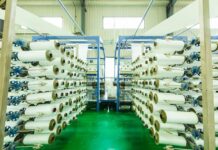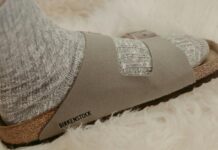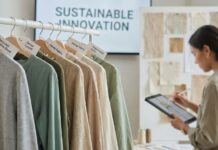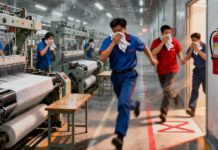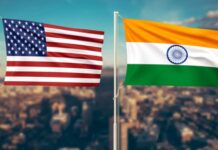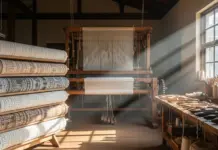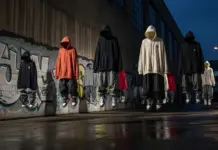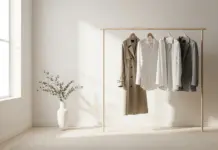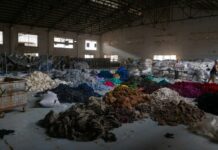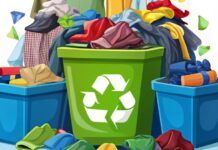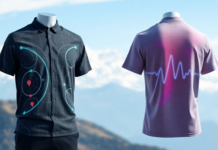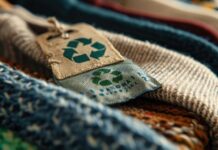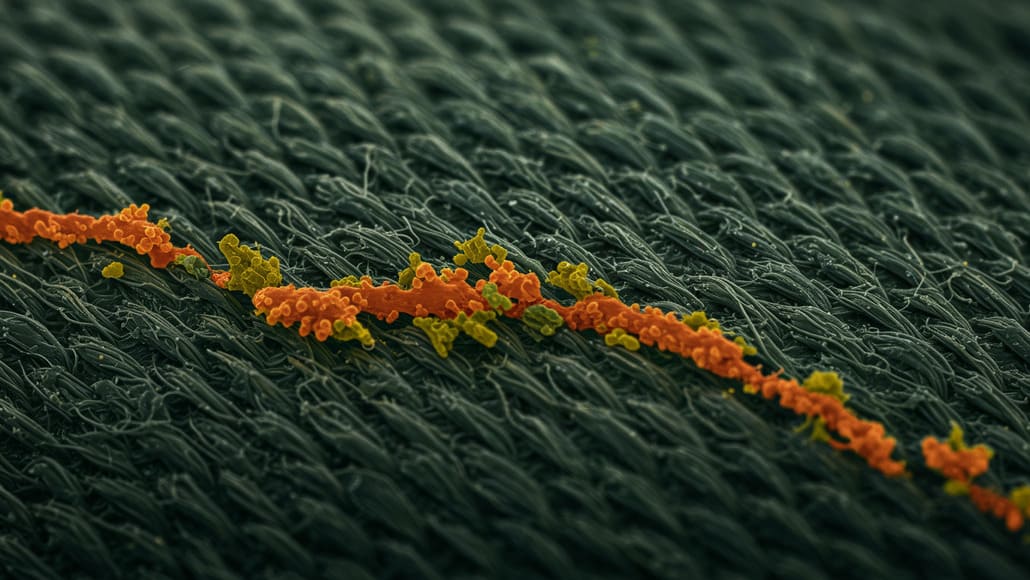The global antimicrobial textile market is on a growth trajectory, as reported by SkyQuestt, driven by increasing demand across healthcare, apparel, and home textiles. Valued at USD 12.67 billion in 2023, the market is expected to grow from USD 13.65 billion in 2024 to a staggering USD 22.94 billion by 2032, at an impressive CAGR of 7.7% for the forecast period. This significant expansion highlights the growing awareness of hygiene, health, and the push for microbe-resistant fabrics across consumer and industrial applications.
Market Growth Catalysts and Trends
One of the primary factors propelling this market is the significant antimicrobial textile market growth in the healthcare sector. Hospital-acquired infections (HAIs) are a persistent issue, prompting the adoption of antimicrobial textiles in surgical gowns, sheets, and other healthcare products. Additionally, the growing need for hygienic and odor-resistant fabrics in sportswear, footwear, and home furnishings has further driven demand.
In regions like North America and Asia Pacific, advancements in healthcare infrastructure, rising disposable incomes, and lifestyle changes have contributed significantly to the market’s growth. The U.S. healthcare sector, in particular, is poised for substantial expansion, increasing the usage of antimicrobial medical textiles. Similarly, in countries like India and China, a shift toward enhanced hygiene practices has spurred demand among consumers in emerging economies.
Material Innovations and Active Agents
The market is segmented by active agents, fibers, and applications. On the basis of active agents, the market includes:
-
Synthetic organic agents: These compounds dominate the market, thanks to their affordability and effectiveness in eradicating a wide range of microorganisms. Examples include triclosan and quaternary ammonium compounds.
-
Metallic salts: Materials such as silver and copper offer longer-lasting antimicrobial properties but come with higher costs.
-
Bio-based agents: Although eco-friendly, these are less effective after multiple washes.
Among fiber types, cotton-based antimicrobial textiles lead the market due to their widespread application in garments, bed linens, and towels. However, the inherent susceptibility of cotton to microbial attacks necessitates the use of antimicrobial coatings, enhancing the fabric’s durability and performance.
Applications Driving Market Growth
The medical sector is anticipated to remain the largest consumer of antimicrobial textiles. With HAIs on the rise, the need for fabrics that safeguard against bacterial growth and odor production has surged. Apparel, particularly sportswear and innerwear, is another segment seeing significant growth, thanks to a consumer shift towards performance-enhancing, hygienic clothing.
Home textiles, such as antimicrobial bedsheets and curtains, are also gaining popularity, driven by an increase in consumer awareness around hygiene and health.
Regional Insights
-
North America currently dominates the antimicrobial textile market due to advancements in medical technology and extensive research in material innovation.
-
Asia Pacific is expected to witness remarkable antimicrobial textile market growth, spurred by government initiatives to improve healthcare facilities and rising demand in the wound care industry. Taiwan, home to significant yarn and fiber producers, plays a pivotal role in the region’s market growth.
Market Challenges
Despite the promising outlook, the market faces certain challenges:
-
Cost of raw materials: Price fluctuations for fibers and antimicrobial agents impact manufacturing costs, making it challenging to maintain profit margins.
-
Environmental concerns: The use of hazardous chemicals like triclosan in antimicrobial products has triggered stringent regulations in some regions, potentially hindering growth.
Competitive Landscape
The antimicrobial textile market is fragmented, with several large players and numerous regional competitors. Prominent companies include Sanitized AG, Sciessent LLC, Milliken & Company, Microban International, Ltd., and BASF SE. Many of these companies are expanding their customer base through partnerships and acquisitions while developing innovative, eco-friendly solutions to maintain a competitive edge.
For instance, in 2021, Milliken & Company acquired Zebra-chem GmbH, enabling advanced innovations for antimicrobial properties in textiles. Such strategic moves emphasize the industry’s focus on sustainable and high-performance products.
Future Outlook
The antimicrobial textile market’s growth underscores the rising consumer demand for hygienic, durable, and high-performance fabrics. As advancements in active agents and fabric processing continue, the industry is set to become a cornerstone of the healthcare, sportswear, and home textile markets.
However, the industry must navigate challenges like fluctuating raw material costs and environmental regulations to ensure sustainable growth. With ongoing innovation and strategic partnerships, antimicrobial textiles are poised to revolutionize the global fabric landscape while addressing modern hygiene needs.
This growth story highlights the promise and resilience of the antimicrobial textile sector, offering opportunities for stakeholders to invest in an evolving, high-demand market.




